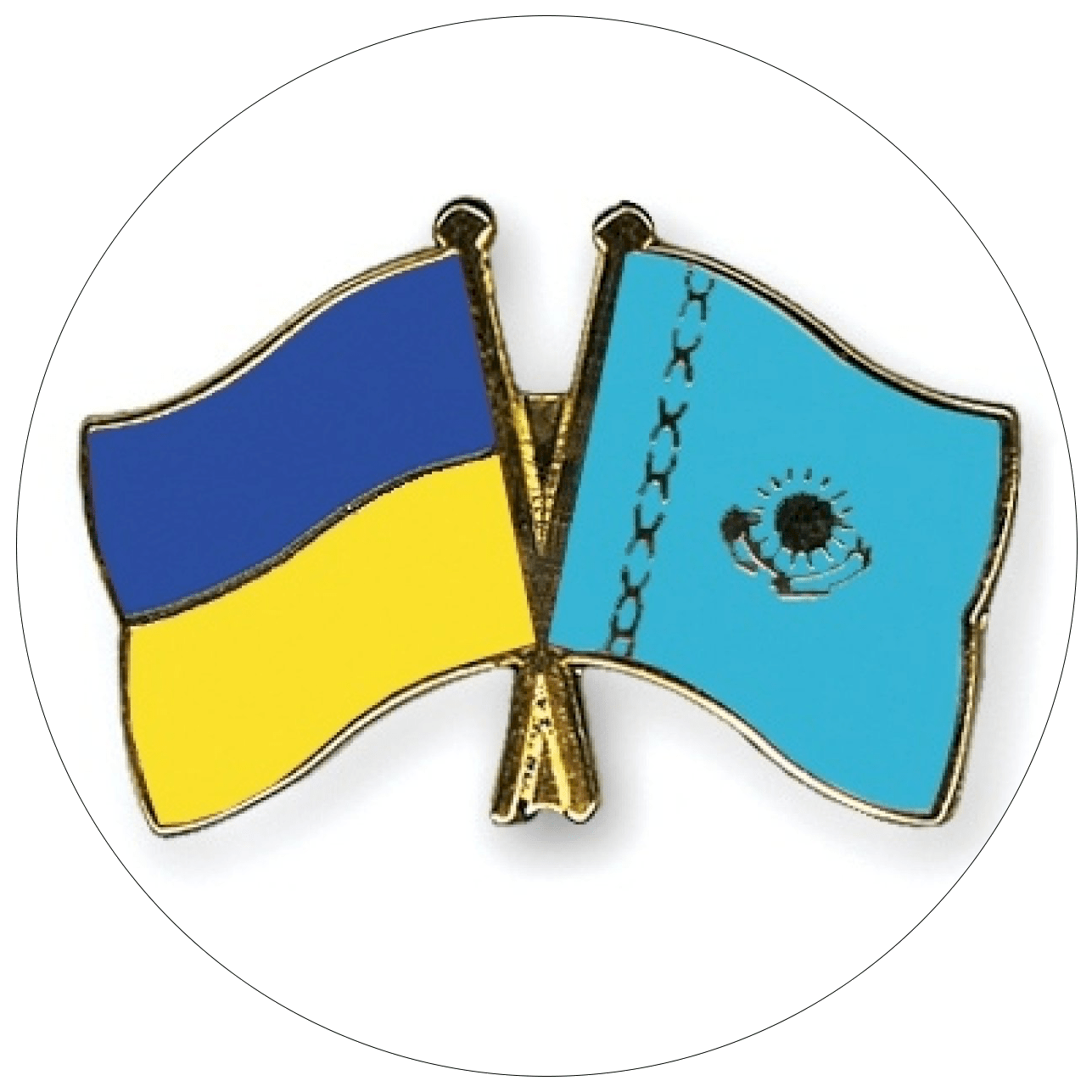Dreams of kurmangazy
Thus far, the Kazakhstani dream about huge volumes of Caspian oil has yet to materialize. A second Russo-Kazakhstani project on the Caspian shelf has turned into a failure. First, a year ago the state-operated oil company KazMunayGas (KMG), together with Russia’s Lukoil Overseas, disappointingly found no oil when drilling a first exploration well on the Tyub-Karagan field in the Kazakhstani section of the Caspian Sea. As well, the national company, with yet another Russian interest, RN-Kazakhstan, a subsidiary of Rosneft, has now been forced to acknowledge their failure at the Kurmangazy field. However, the operators of both projects are not discouraged, and continue to study the collected data in hopes of discovering mistakes. According to international experience, one in five wells fails to strike hydrocarbons.
Elena Butyrina
Is There No Oil Here?
From the very beginning, many people predicted a glorious future for the offshore Kurmangazy oilfield, located in the Caspian Sea not far from the Buzachi Peninsula, and includes a contract area of 3,512 square kilometers. This field had been a point of territorial dispute between the Russian Federation and Kazakhstan, which following negotiations four years ago became part of Kazakhstan. Both Kazakhstani and Russian parties simultaneously carried out offshore exploration works on the area of this field from the late 1990s to the beginning of 2000, which permitted estimation of the extractable reserves of Kurmangazy at approximately 1 bln tons of crude. This evaluation placed the field at the same level as the most prolific oil and gas fields in the world. Geologists pointed out the simple structure of the oilfield – the relatively close positioning of the productive layers to the surface, near proximity of the oil-bearing formations to the Caspian shore – never doubting that this project would bring immediate success.
The fact that the first Kurmangazy well was dry became clear even before Lukoil Shelf Ltd., acting as the drilling subcontractor, had reached the projected depth of 2,000 meters. KMG representatives then supposed that from the very beginning, geologists had considered the field as a single structure, but most likely it consists of several formations, with the first well being sunk between them, resulting in no find.
Kurmangazy Petroleum Ltd., the operator of the eponymous project, was able to provide a more or less definite reply to the question concerning the reasons of the miscalculated drilling point on a structure that had been deemed to be quite simple by geologists. In June, following completion of construction of the well, including the whole of preliminary exploration works, as outlined in the project’s schedule. Data received from research provided the discovery that actual parameters of the field differ from the project model.
Neither KMG nor Rosneft dramatized the situation. Nikolai Manvelov, director of Rosneft’s information department, gave a reminder in an interview with Exclusive that the success rate of an oil field during the discovery stage is a mere 25-30%. “This the global experience. Moreover, we have received a huge quantity of information on the geological structure of the area. We intend to analyze this,” he said.
According to Mr. Manvelov, presently information is still being collected and systematized, while the geological structure of the oilfield is being examined. Only after an investigation of all the geophysical and geological data, will exploration work be continued in order to complete the agreed drilling program, as per the contract on subsoil use. “First of all, it is necessary to compile all information received as a result of [previous] drilling,” he noted when answering the question as to where another well at Kurmangazy would be drilled in 2006, and whether or not its previously designated location would be altered.
Mr. Manvelov did not provide clarification on the issue of whether or not the entire program of drilling would be reconsidered, merely remarking that at this time it is still too early to speak about any plans or predictions. He elucidated, “One issue is clear: there will not be a cancellation of the project.”
The Kazakhstani party is more optimistic when speaking on how soon exploratory drilling would continue at Kurmangazy. To this effect, a spokesperson from KMG recently stated that a second exploration well, with a projected depth of 1,300 meters might already be drilled in the autumn of the current year. “Perhaps, it [the second well] will be more successful than the first one.” Representatives from the national company remain optimistic.
Reconnaissance with “Gusto”
After KMG and Rosneft made the announcement on the lack of hydrocarbons [at the first drill site] in the Kurmangazy field, some people hurried to jokingly blame the Astra, a self-lifting, pontoon-type, floating rig that was utilized in the drilling operation. Indeed, it was this exact rig that last year struck nothing when drilling the first and only well at the Tyub-Karagan field – the information from which is still being examined. However, the Kurmangazy participants are not superstitious, and have no qualms in using Astra during further drilling works at their field.
From the very beginning, development of Kurmangazy, which is for both Kazakhstan and Russia interesting and long-awaited, has had its share of hardships. Initially, presumptuous Kazakhstani and Russian officials, as well as personal from the petroleum companies, all hoped that drilling on the structure would start prior to signing the production sharing agreement (PSA), but for three years were unable to come to an agreement on the terms of joint works, and consequently could not begin exploration. When finally both parties actually approved the appropriate documents in 2004, Kazakhstan introduced a new mechanism for taxing subsoil users, and refused to permit Rosneft to follow the tax regime that had been previously valid at the time the initial agreements were signed. This forced the Russian party to refuse participation in a project that had a meager 8% return, in addition to the further strict tax [reporting] requirements. Only later would the government of Kazakhstan make considerable concessions, following further complaints by other operators in the Caspian region. The victory of Rosneft was in that Kazakhstan decreased the amount of the signing bonus from US$150 mln to US$25 mln at the conclusion of the PSA in July 2005. At that time, it seemed as if there would be no further barriers on the way to success, but nature had something else in mind…
Divination on the Barrel
While the participants of the Russo-Kazakhstani projects, Kurmangazy and Tyub-Karagan, amuse themselves with the hope of finding oil in their respective structures at some point in the future, Bolat Akchulakov, Kazakhstani Vice Minister of Energy and Mineral Resources, stated this past Spring in an interview with Reuters in London, the government of Kazakhstan has temporarily ceased negotiations with foreign investors wishing to operate on the Kazakhstani portion of the Caspian shelf. Back in Almaty quite soon after this, he clarified that at present all necessary documents with investors [who previously submitted applications] had been signed, and at present it makes sense to permit work at the sites that were already transferred to investors, without extending the list of offshore projects.
Indeed, the whole of last year was quite rich in the conclusion of many different agreements on the Caspian blocks. Particularly, aside from the PSA for Kurmangazy, KMG signed an agreement of intent on the Zhambyl site with the Korean National Oil Corporation, a memorandum of cooperation on the Darkhan block with China’s CNPC, a memorandum of understanding on the Abai site with Norway’s Statoil, and a PSA on the Zhemchuzhina site between the Ministry of Energy and Mineral Resources and the companies Oman Pearls Ltd and Shell. However, none of the participants in the aforementioned projects has announced any approximate dates for the start of exploration operations, as they are intently trying complete all required documentation. Nonetheless, the foreign companies have made assurances that they are not intimidated by these first dry wells on the Caspian sea, and are positive as regards the inherent risk. Most probably, they will not rush chancy investments into exploration. Rumors have been going around that Lukoil Overseas, which earlier made plans for the drilling of a second exploration well in Tyub-Karagan in 2007, will most likely postpone this until 2008, or even to 2009. Rosneft may follow suit as regards Kurmangazy, since the financial risks are too great.
An issue of huge frustration, at least for journalists, regards the international consortium of Agip KCO, working on the North-Caspian project, which has decided for the second time to delay the start of oil production at the gigantic Kashagan oilfield, as was recently acknowledged by the Ministry of Energy and Mineral Resources. This time, it was postponed until 2009 (a reminder to readers that initially production should have begun in 2005, but following difficult negotiations with the government, the result of which was a US$150 mln penalty applied to the project’s shareholders, the starting date was moved to 2007). The parties have yet to clarify the statement. Most likely the reasons for the holdup can be found in a recent statement by the Italian consortium Eni SpA, the operator of the North-Caspian project, on the expected increase in expenses for the development of the Kashagan field, estimated at US$29 mln (the first time a delay was announced, the motivation also related to expectations for greater operating costs). The operator connects the jump in expenses to the weakened American dollar, as well as price jumps in equipment and services.
Current failures in the Kazakhstani sector of the Caspian Sea somewhat prevent the nation’s plans from being on par with the global leaders in oil production. However, this is only temporary, as the project participants still have enough time to find oil at the Kurmangazy field: they were allotted 10 years for exploration work at the structure.


 Поддержать
Поддержать
 Smart
Smart  Бизнес
Бизнес  Культурная среда
Культурная среда  Общество
Общество  Политика
Политика  "Законы XII таблиц"
"Законы XII таблиц"  Досье и мифы
Досье и мифы  Асар в Украине
Асар в Украине 


Комментариев пока нет